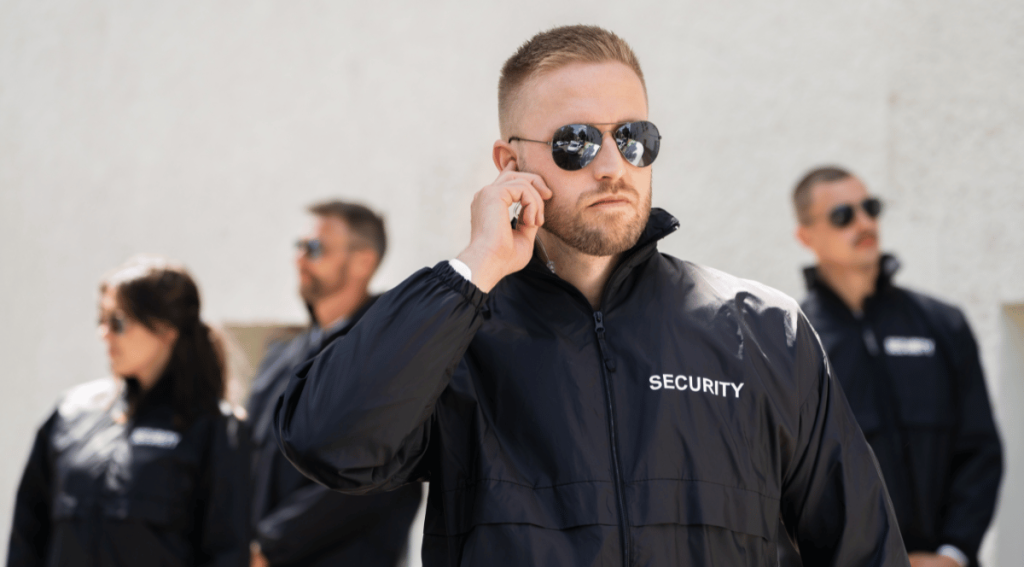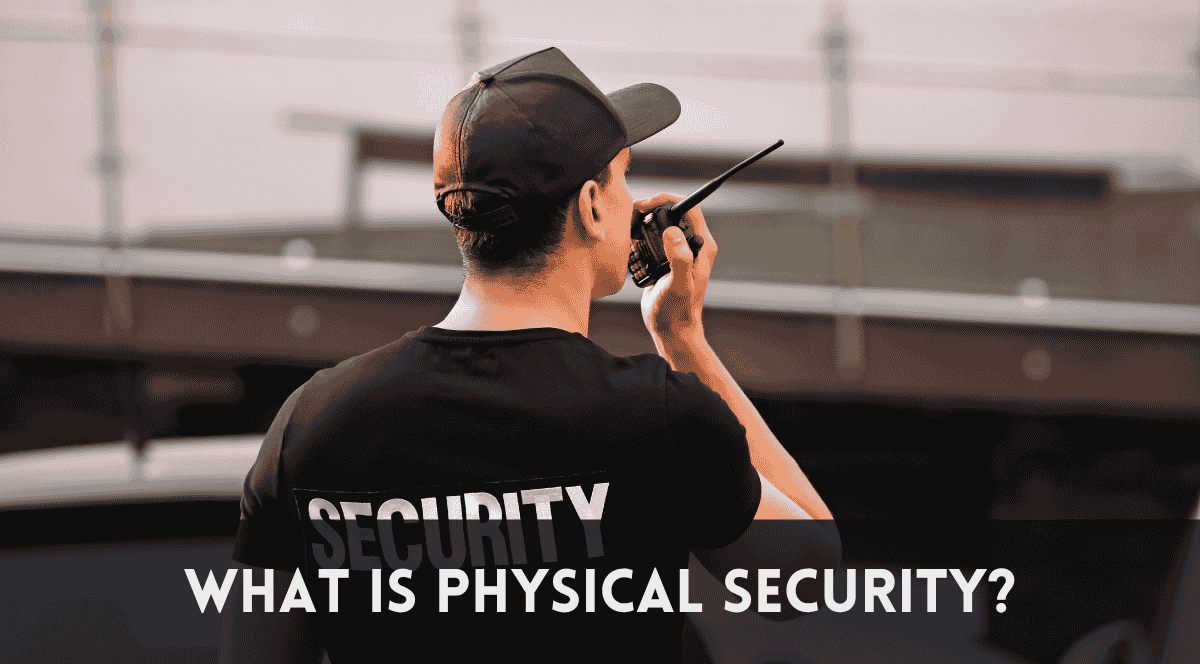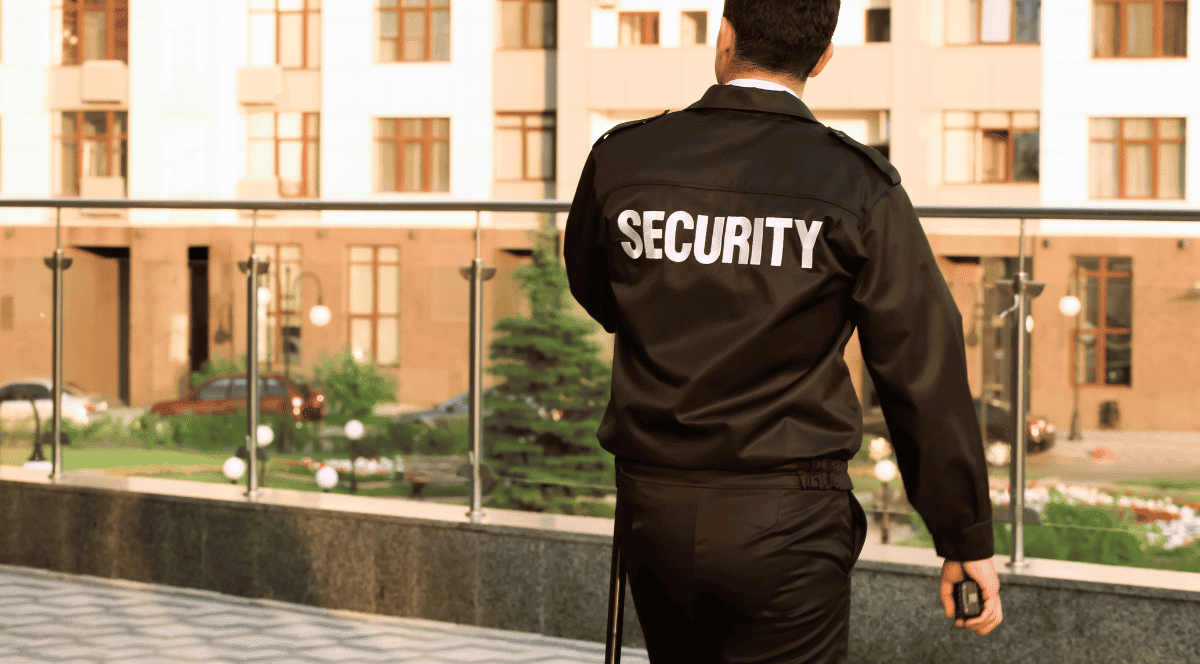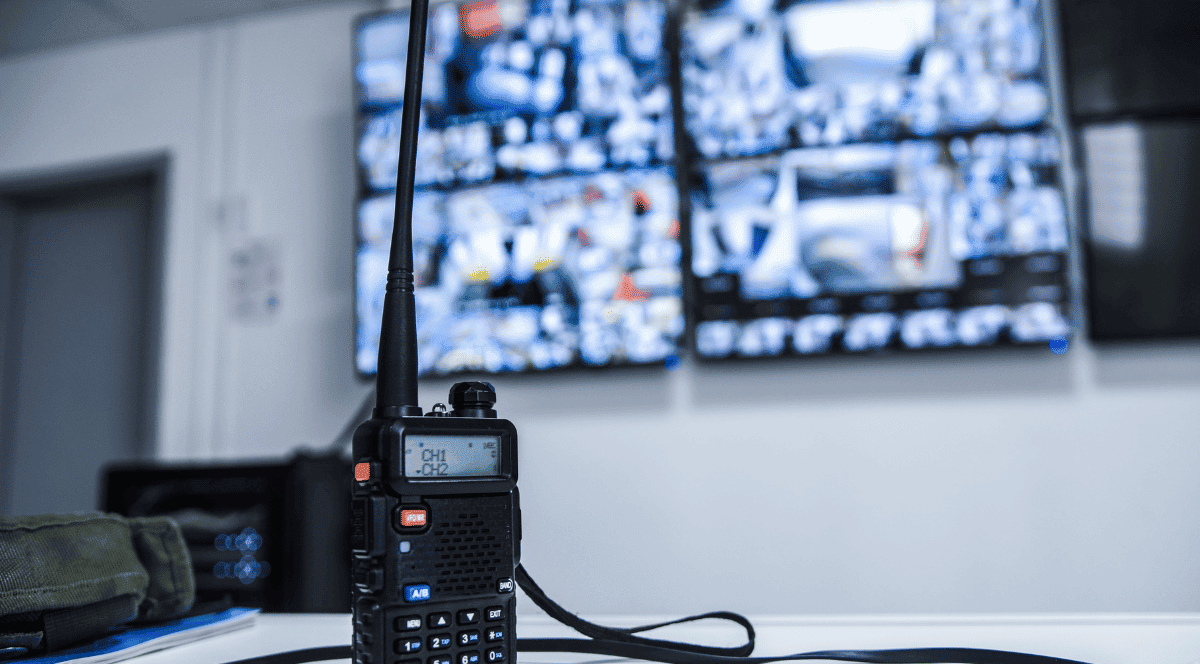
 What is Physical Security? A Complete Guide for Washington Businesses and Facilities
What is Physical Security? A Complete Guide for Washington Businesses and Facilities
In today’s increasingly unpredictable world, what is physical security if not the frontline defense for businesses, public facilities, and institutions? For organizations across Washington, understanding and implementing the right security measures can mean the difference between safety and vulnerability.
Whether you’re a small business owner in Kent, managing a school campus in Bellevue, or overseeing a corporate office in Seattle, a solid physical security plan helps you stay protected from theft, intrusion, and a host of other threats. At Oatridge Security Group (OSG), we understand the unique security needs of Washington communities and specialize in protecting people, physical assets, and peace of mind.
What is Physical Security and Why Is It Important?
What is physical security? In simple terms, it refers to the protection of people, assets, and facilities against real-world threats such as unauthorized access, vandalism, or workplace violence. It involves the use of security technology, trained personnel, and structural design to deter, detect, delay, and respond to threats.
Why it matters:
- Prevents intrusion, theft, and damage
- Protects sensitive data and critical infrastructure
- Reduces liability and operational downtime
- Reassures employees and visitors of safety
In Washington, where businesses operate in both urban and rural landscapes, the need for tailored physical security systems is especially critical. Locations like Tacoma, Redmond, and Everett have varying infrastructure and security threats, making robust protection a regional priority.
What Are the Main Components of Physical Security?
Understanding what is physical security begins with its four essential pillars:
Deterrence Measures
- High-visibility lighting and signage
- Security fences and barriers
- Uniformed guards or marked vehicles
These security devices form your first line of defense, designed to discourage unauthorized behavior before it starts.
Detection Systems
- Surveillance cameras (CCTV and IP)
- Door and window motion sensors
- Glass-break and perimeter alarms
Early detection enables rapid emergency response, reducing the window of opportunity for intruders.
Delay Mechanisms
- Access control gates and turnstiles
- Reinforced doors and protective security film
- Locked cabinets for sensitive materials
These physical security measures buy time between detection and response.
Response Protocols
- On-site security officers
- Emergency response plans
- Local law enforcement coordination
A fast, informed response neutralizes threats before they escalate.
Common Types of Physical Security Systems
Access Control Systems
Control who enters your facility and when. This includes:
- Electronic keycards
- PIN code entries
- Biometric readers (fingerprint, retina, facial)
Access control systems are vital for any secure location.
Video Surveillance
- CCTV for fixed monitoring
- IP cameras for remote, cloud-based access
- Real-time monitoring and AI-powered analytics
Video surveillance is a cornerstone of modern physical security systems.
Intrusion Detection Systems
- Door contact sensors
- Infrared and microwave motion detectors
- Perimeter fence monitoring systems
These security systems help detect unauthorized access at vulnerable points.
Security Patrols and Guards
- Armed and unarmed personnel
- Static guards at entrances
- Mobile patrols for perimeter coverage
- 24/7 or scheduled presence based on risk level
Security personnel provide human oversight and rapid response.
Environmental Design (CPTED)
Crime Prevention Through Environmental Design uses smart landscaping and building design to:
- Increase visibility
- Eliminate blind spots
- Guide movement in safe patterns
CPTED is a proactive security policy that reduces potential vulnerabilities.
What Are the Threats That Physical Security Helps Prevent?
An effective physical security plan addresses:
- Unauthorized access
- Theft or burglary
- Vandalism and sabotage
- Workplace violence
- Data breaches via physical infiltration
- Insider threats and employee misconduct
Whether you run a warehouse in Federal Way or a tech office in Bellevue, physical security threats can be both external and internal. This reinforces the answer to what is physical security in today’s high-risk environment.
What Are the Signs You Need to Improve Physical Security?
Still wondering what is physical security in practice? Here are signs your current setup may be inadequate:
- Repeat security breaches or near-misses
- Incomplete or blind video surveillance coverage
- Non-staff members wandering restricted areas
- Employee complaints about feeling unsafe
- Aging or outdated access control systems
- No integration with cybersecurity policies
If your Washington business faces any of these issues, it is time for a professional audit.
How Much Does Physical Security Cost in Washington?
What is physical security worth to your organization? Security costs vary, but several factors determine the investment:
- Facility type and size
- Number of entry and access points
- Technology level (basic vs. advanced systems)
- Level of human surveillance (guards, patrols)
Estimated average costs in Washington:
- Access control systems: $500 to $2,500 per door
- Video surveillance: $1,200 to $5,000+ per setup
- Security guards: $25 to $50 per hour depending on service and location
Pro tip: Investing in physical security measures can reduce insurance premiums and liability exposure.
Why Choose Professional Physical Security Services in Washington?
DIY setups often lack comprehensive coverage. Working with professionals like OSG offers:
- Custom-designed security systems tailored to your location and risk level
- Licensed and trained personnel familiar with Washington regulations
- Quick emergency response in case of incidents
- Scalable solutions from small offices to large campuses
- 24/7 monitoring and integration with access control and video surveillance
Understanding what is physical security is one thing. Implementing it effectively with expert support is another.
How to Create an Effective Physical Security Plan
A professional security plan includes:
- Site risk assessment to identify weak points and threats
- Asset evaluation to determine priority protections
- Layered defense integrating personnel, devices, and design
- Training and drills to keep staff prepared
- Cyber-physical integration to align IT and physical security
A complete understanding of what is physical security ensures a stronger plan and better protection.
Physical Security Best Practices for Washington Organizations
Maintain strong physical security through:
- Regular security audits of equipment and procedures
- Role-based access and least-privilege policies
- Proper lighting in all critical areas
- Digital and physical incident reporting systems
- Partnerships with police and emergency responders
From small businesses in Issaquah to public buildings in Everett, effective security depends on consistent practice.
Physical Security in Washington: Cities We Serve
Oatridge Security Group proudly delivers expert physical security services throughout Washington, including:
Seattle, Bellevue, Redmond, Renton, Kent, Tacoma, Everett, Kirkland, Federal Way, Auburn, Issaquah, and surrounding areas.
We provide:
- 24/7 monitored security systems
- On-site and mobile patrols
- Access control system installation and support
- Site risk assessments and policy guidance
Whether you’re hosting an event in Seattle or managing a data center in Kent, OSG has the local experience you can trust.
Why Choose Oatridge Security Group (OSG) for Physical Security Services?
- Decades of experience securing Washington’s commercial, industrial, and residential locations
- Trusted by public institutions and private businesses alike
- Fully licensed and insured for your protection
- Rapid deployment and local presence across our service area
- Complimentary physical security evaluations tailored to your needs
Contact Oatridge Security Group Today
At Oatridge Security Group, we take your protection seriously. Our commitment to cutting-edge security technology, highly trained personnel, and comprehensive plans make us Washington’s go-to provider for physical security services.
What we offer:
- Custom security plans and systems
- Trained and certified guards and patrol officers
- Integrated video surveillance and access control
- Real-time emergency coordination and reporting
Serving Areas: We proudly serve Seattle, Tacoma, Bellevue, Kent, Redmond, Everett, Kirkland, Federal Way, Auburn, Issaquah, and nearby Washington communities.
Contact Us Today: Call at (253) 461-1622 to schedule your free physical security consultation and learn more about our services.
Do not wait to ask what is physical security when a threat arises. Protect your people, property, and future with OSG’s trusted expertise.

 What is Physical Security? A Complete Guide for Washington Businesses and Facilities
What is Physical Security? A Complete Guide for Washington Businesses and Facilities



